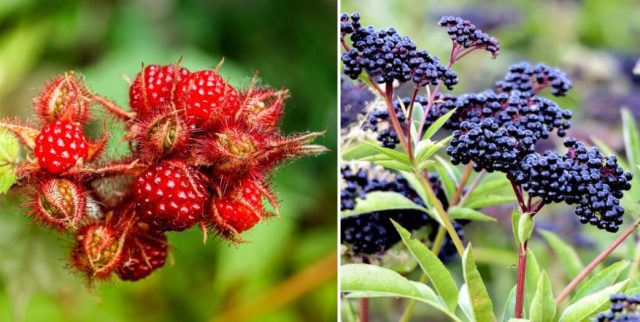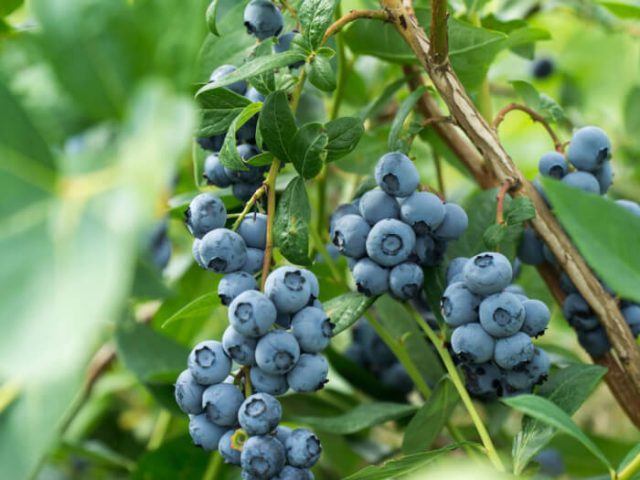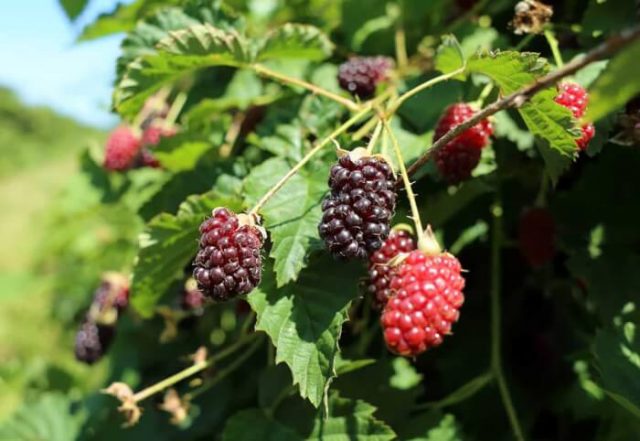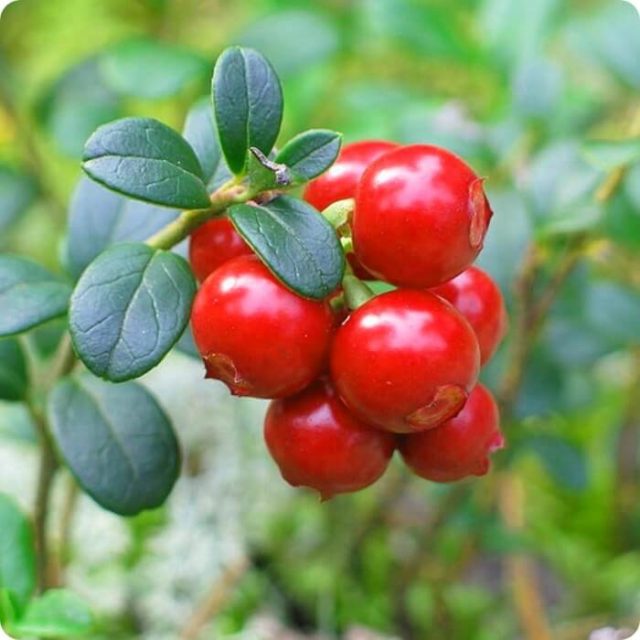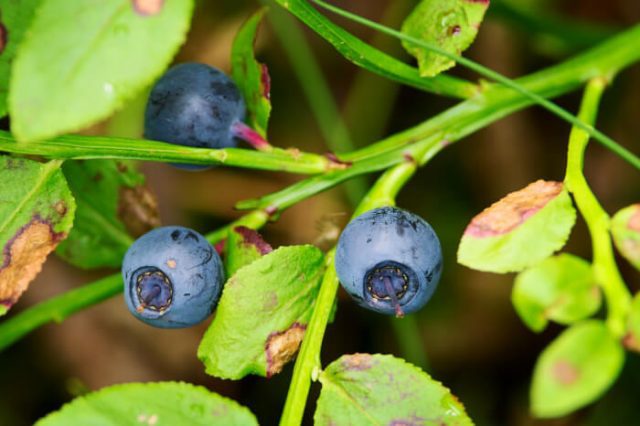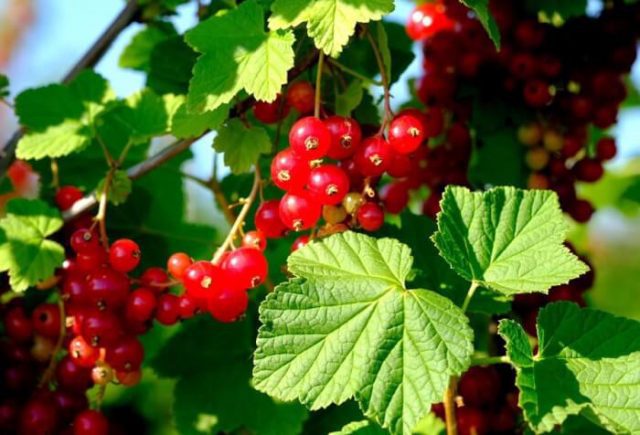If you want to start growing fruits at home but are new in the home growers world, then here is a helpful guide to get you started. The easiest fruit to grow when you do not have any experience is berries, as they are also simple to care for.
Also, berries can be grown in relatively small spaces, such as containers and vertical gardens set up on your balcony. You don’t need to have a large garden to grow berries, you just need to ensure that you have a relatively optimal growing environment set up.
So, for instance, blueberries which are some of the most popular types of berries and also full of antioxidants will need plenty of drainages and full or partial sunlight.
Raspberries prefer well-drained soil, as well, and need to have access to sunlight all year round. You can also choose to grow loganberries or gooseberries, which prefer the same type of setting as the previously mentioned more popular berries.
All of the above means that you can mix and match these options any way you like because almost all of them have the same growing conditions.
Just choose your favorites and start planting!
#1 Blueberries
Blueberry plants grow slowly, and they may not seem to get much bigger from year to year. It takes a blueberry bush about 10 years to reach mature size, but this also means they will live a long, long time.
It will be 2 or 3 years before you start getting large harvests, but it is definitely worth the wait. The bushes are very attractive and will be a beautiful addition to your yard while you wait for fruit.
Quick facts about growing blueberries
- Blueberries need full sun.
- Blueberries require acidic soil.
- Plant two or more varieties for successful pollination.
- Plants won’t have much fruit the first 2 to 3 years.
- Harvest is bigger after 5 years.
- Blueberry plants grow slowly and reach full size in 8 to 10 years.
- Each winter, prune out old, weak and dead wood.
You can learn more from specialists by reading this book
#2 Boysenberries
If you love raspberries, blackberries, and loganberries, then try growing a boysenberry, a combination of all three. Boysenberries are a hybrid of the raspberry family. They are a bramble bush, so they spread extensively if you let them.
When growing a boysenberry plant, select a site in full sun with well-draining, sandy loam soil that has a pH of 5.8-6.5. Don’t select a site where tomatoes, eggplants, or potatoes have been grown, however, as they may have left behind the soil-borne verticillium wilt. Plant boysenberry plants 4 weeks before your area’s last frost date.
You can learn more from specialists by reading this book
#3 Cranberries
Can you grow cranberries at home? Yes, and now the question is how are cranberries grown in the home garden?
Cranberry growing requirements
- Cold winter: cranberry plants should get 3 months of temperatures in the 32-45 F range in order to produce fruit.
- Full sun.
- Highly organic acidic soil, preferably peat moss.
- Frequent watering: needs moist, but not saturated soil.
- Not much fertilizer.
You can learn more from specialists by reading this book
#4 Huckleberries
Huckleberries are edible and quite tasty. The small, round berries resemble blueberries. In fact, in some parts of the United States, huckleberries might be called blueberries and blueberries might be called huckleberries. They’re not the same fruit, though.
Their tangy taste makes them ideal for making jam and they add an unmistakable flavor to many desserts. But apart from their value as a food source packed with vitamin C and manganese, huckleberries have ornamental values in your garden.
Growing Huckleberries are very easy and not much bothers the plant. The plants have some cold tolerance and fruit may continue to ripen after light frosts.
#5 Currants
A mature currant or gooseberry shrub can produce up to four quarts of fruit annually. Most commercially available varieties have adequate winter hardiness for the majority of the Upper Midwest, many to USDA hardiness zone 3a.
Quick facts
- Currants and gooseberries will grow in full sun to partial shade. You will get more fruit if the plant is in full sun.
- Space plants at least 3 feet apart.
- Most currants and gooseberries are self-fruitful. One variety will set fruit on its own.
- Prune annually to remove weak or dead canes and to open up the canopy.
- Expect to get fruit 1 to 3 years after planting.
- Remember, gooseberry bushes are spiny and will become dense thickets without regular pruning.
You can learn more from specialists by reading this book

